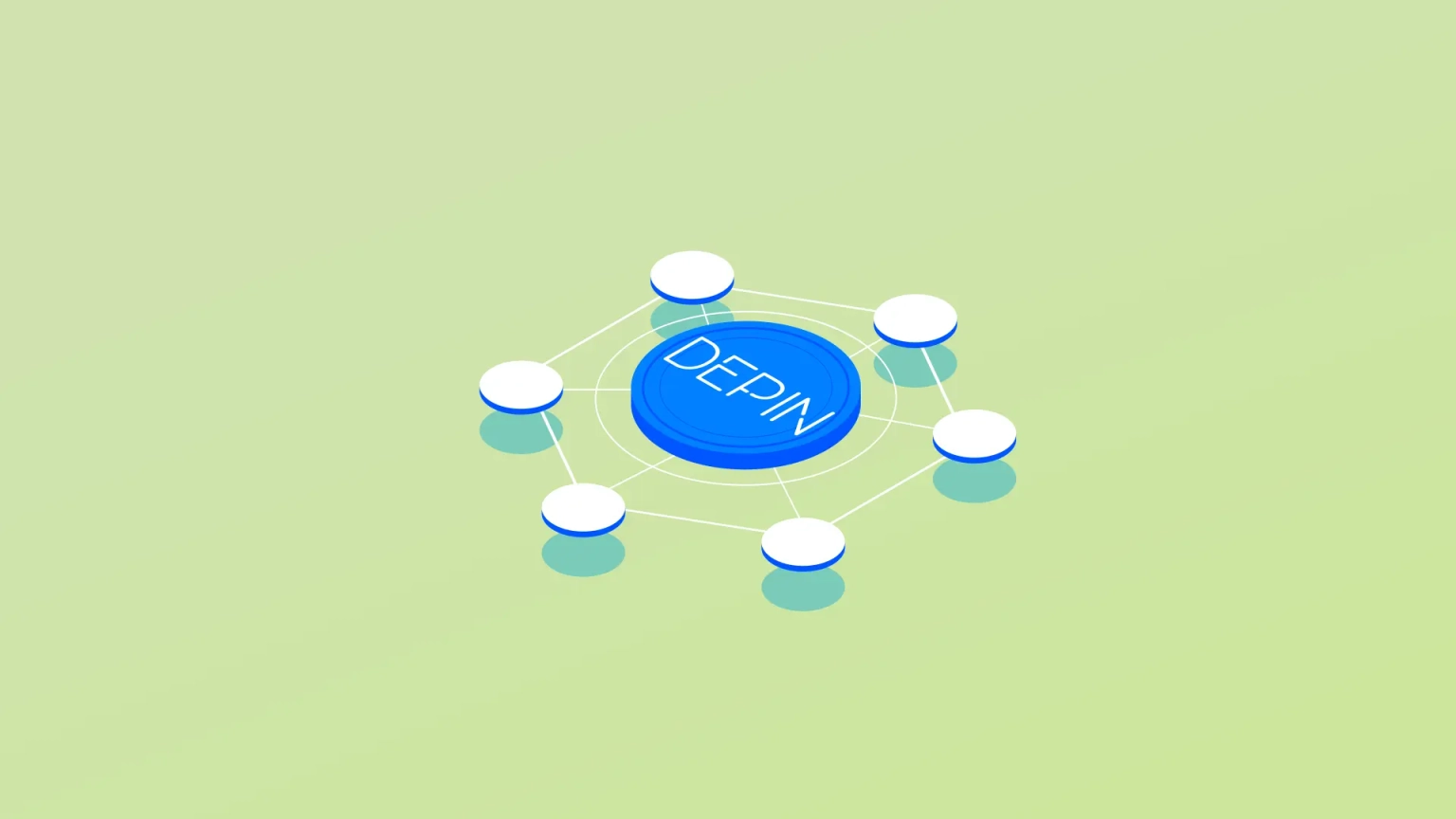
Understanding DePin and Its Benefits in Web3
A detailed guide on DePin, its benefits, challenges, key projects, and future potential.
Youtube Video
Playing the video that you've selected below in an iframe

Celer network, a blockchain interoperability protocol aiming to improve dApps scalability.
These days, several blockchains offer enticing opportunities for DeFi traders and investors. Additionally, these blockchains often incorporate Layer 2 protocols to offer faster transaction speeds and lower fees.
However, one challenge users face when getting involved with DeFi is the lack of communication between those protocols. That’s where Celer Network aims to step in and address the issue.
Edward Ryall, cofounder of Neptune Mutual said,
We are delighted to be working with Celer Network. Celer Network has a robust and reliable solution that carries over 80% of the Metamask bridging traffic. The secure, reliable and fast bridging of NPM tokens using the Celer bridge solution sits well with the objectives of our cover marketplace to achieve secure, reliable and fast payouts.
Celer Network is a blockchain-based interoperability protocol that aims to improve the scalability of decentralized applications (dApps). It's built on Ethereum and uses the Celer Inter-chain Messaging Framework (Celer IM) to allow developers to build inter-chain-native dApps.
Moreover, it enables developers to offer fast, secure, and inexpensive transactions and incentivizes participation in the ecosystem through its token.
Celer Network aims to drive the adoption of blockchain and DeFi technologies with interoperability and Layer 2 infrastructure. It supports several major blockchain platforms, including Ethereum, NEO, Mobi, and Polkadot.
Celer Network is itself a Layer 2 protocol that enables scaling and secure off-chain transactions. It offers a mobile SDK to enable app developers to integrate it into their programs quickly and efficiently.
Compared to many other Layer 2 protocols, Celer Network supports not just one but multiple blockchains. Moreover, it’s capable of processing transactions 15 times faster than other solutions.
Celer Network has a variety of useful features, including:
CELR is the native token of the Celer Network, which is an ERC-20 token. It has a crucial role in the Celer Network ecosystem, offering several utilities like paying transaction fees, staking for rewards, and governance.
CELR holders can help secure the network by staking their tokens to join the State Guardian Network (SGN). It’s a sidechain that helps ensure the integrity of states even when users are offline. Members of the State Guardian Network are rewarded with CELR tokens for their efforts.
Celer Network will have a total supply of 10 billion CELR tokens. The limitation on the tokens act as an anti-inflation mechanism in the long term. Once the total supply is reached, there will be no new tokens in circulation, making the existing tokens stable and valuable.
Celer Network can be used for everything from DeFi to NFTs, GameFi, and governance. The inter-chain message SDK helps developers create powerful apps across multiple chains with low transaction fees and intuitive user interfaces. Celer Network offers these features, aiming to make DeFi easier to use and help drive mainstream adoption.
Some of the key features and use cases of CELR at the moment are:
PolC stands for Proof of Liquidity Commitment. This system incentivizes crypto holders to lock in their tokens while they're not being actively traded. Users receive CELR tokens for locking up funds, and the network benefits from this by ensuring a stable liquidity pool. The PoLC system is particularly important for bootstrapping liquidity in the early stages of a pool.
Liquidity Backing Auctions (LiBA) allow CELR holders to lend liquidity to off-chain service providers. Rather than an individual lender covering the whole loan, users can group together, essentially forming a crowd-lending partnership.
Each lender receives interest, divided up based on the percentage of the loan they offered. Lenders must stake CELR to participate in LiBA, and the more CELR they stake, the more likely they are to be chosen to participate in a given loan.
As we mentioned earlier, the State Guardian Network (SGN) is Celer Network's proof of stake system. Just as Ethereum has adopted a proof-of-stake mechanism, CELR relies on similar validator nodes. Nodes are rewarded for helping to secure the network. And if a node misbehaves, it’s penalized by having a portion of its stake slashed.
Till June 2023, the CELR network has a market capitalization of around $111 million in US dollars and a circulating supply of 7,622,840,545 CELR. This means there are still another 2.4 billion CELR tokens to be minted.
The token is tradeable on several major centralized exchanges, including KuCoin, Coinbase, and Binance. It can also be traded on DeFi platforms such as Uniswap, PancakeSwap, StellaSwap, and ApeSwap.
Celer Network has already launched its own gaming app, and the SDK has seen adoption from many mobile DeFi developers. So, the network seems to have huge potential to grow significantly over the coming years.
Celer Network presents a unique and robust solution to the issues of blockchain interoperability and scaling. The sheer number of blockchains and the presence of some tokens on multiple chains is an issue that confuses many newcomers to the DeFi space.
Celer Network's SDK empowers developers to create easy-to-use apps that have a UX as familiar as that of single-chain applications but that will allow users to interact with multiple supported chains. This, plus the low fees and high transaction speeds of the Layer 2 architecture, could help drive mainstream adoption.
As adoption grows and more users start engaging in liquidity pooling, the need for DeFi insurance products will grow too.
If you're a developer building on Ethereum and you're looking for a way to protect your liquidity providers, you can create parametric insurance cover pools at our marketplace. You can contact us to learn more about the services we offer and how you can launch your own cover pools.